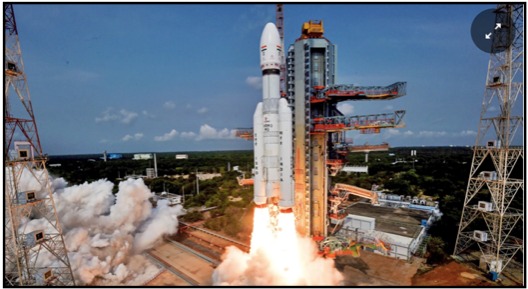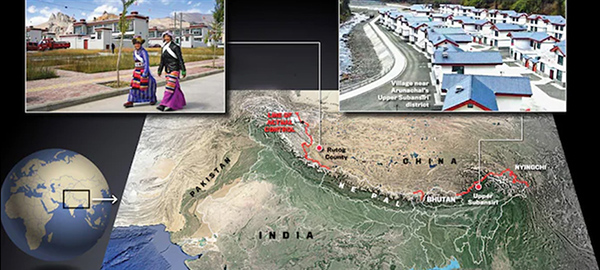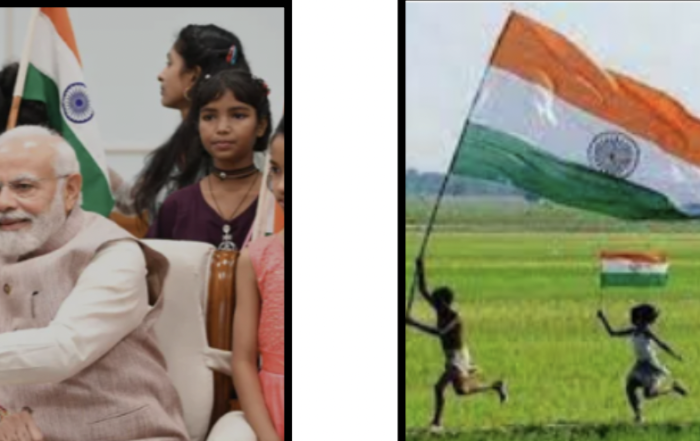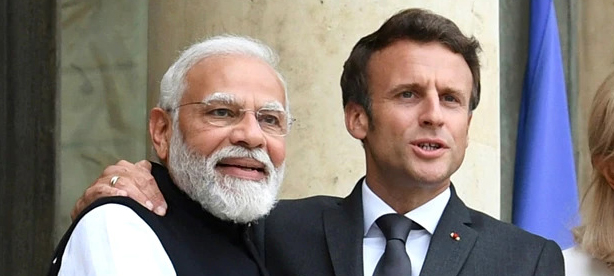“Arunachal Pradesh is, has been, and will always be an integral and inalienable part of India. Attempts to assign invented names will not alter this reality”, India.
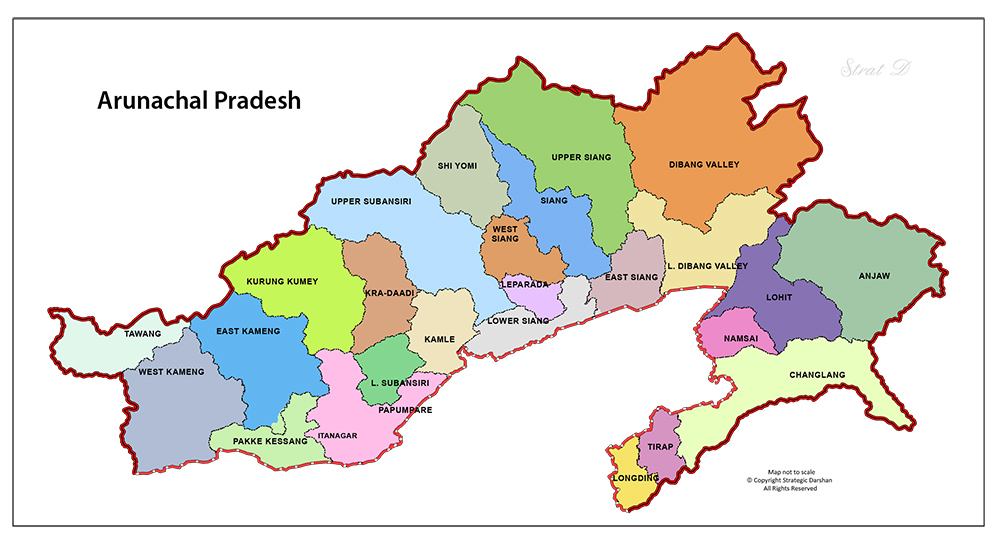
China must be paid back more aggressively in same coin for its cartographic misadventure for its claim over India’s state of Arunachal Pradesh.
On 2nd April 2023, yet again China’s Civil Affairs Ministry for the third time released a set of new names for 11 places in Arunachal Pradesh as part of its efforts to re-emphasise its claim over the state. The list of names India China Arunachal Pradesh released by China includes five mountain peaks, two land areas, two residential areas, and two rivers. It further listed the categories of places, names and their subordinate administrative districts.
According to ‘The Global Times’, which is part of the ruling Communist Party’s mouthpiece-People’s Daily group of publications in China, the Chinese authorities are calling this move ‘standardised geographical names’.
New Delhi immediately responded and issued a statement and said that, “Arunachal Pradesh is, has been and will always be an integral and inalienable part of India. Attempts to assign invented names will not alter reality”.
“We have seen such reports. This is not the first time China has made such an attempt. We reject this outright”, External Affairs Ministry spokesperson Arindam Bagchi said.
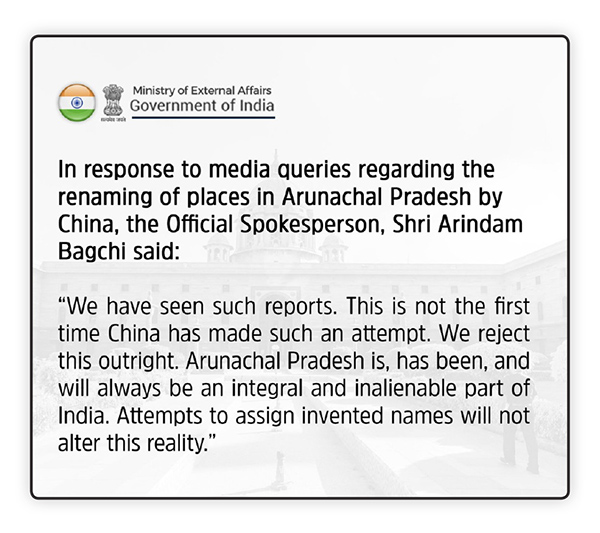
This is not the first time that the Chinese government has released the list of names of places in Arunachal Pradesh. The Xi Jinping-led Chinese government released the first batch of standardised geographical names for 6 places in 2017 and the second batch of 15 places was released in 2021. Every time India give similar strong diplomatically respond.
China claims some 90,000 sq km of Arunachal Pradesh as its territory. It calls the area Zangnan in the Chinese language and makes repeated references to South Tibet. Chinese maps show Arunachal Pradesh as part of China, and sometimes parenthetically refer to it as “so-called Arunachal Pradesh”.
It is an outstanding “Territorial Dispute” which has historical baggage which is required to be handled aggressively at all levels and defeat the sinister design of China with firmness. China makes periodic efforts to underline this unilateral claim to Indian territory. Giving Chinese names to places in Arunachal Pradesh is part of that effort.
Let’s see what is this all about.
The People’s Republic of China disputes the legal status of the McMahon Line, the boundary between Tibet and British India that was agreed at the Shimla Convention—officially the ‘Convention Between Great Britain, China, and Tibet’, of 1914.
China was represented at the Simla Convention by a plenipotentiary of the Republic of China, which had been declared in 1912 after the Qing dynasty was overthrown. The present communist government came to power only in 1949, when the People’s Republic was proclaimed.
In 1913–1914, representatives British India, Tibet and China met at Simla to define the borders of ‘Outer Tibet’ (with respect to China). Foreign Secretary of British India Henry McMohan drew the 890 km, the ‘McMahon line’ as the border between British India and Tibet. The Tibetan and British representatives devised the “Simla Convention” and including the “McMahon Line”as border between them. But the Chinese representatives declined to assent the accord and did not sign the treaty.
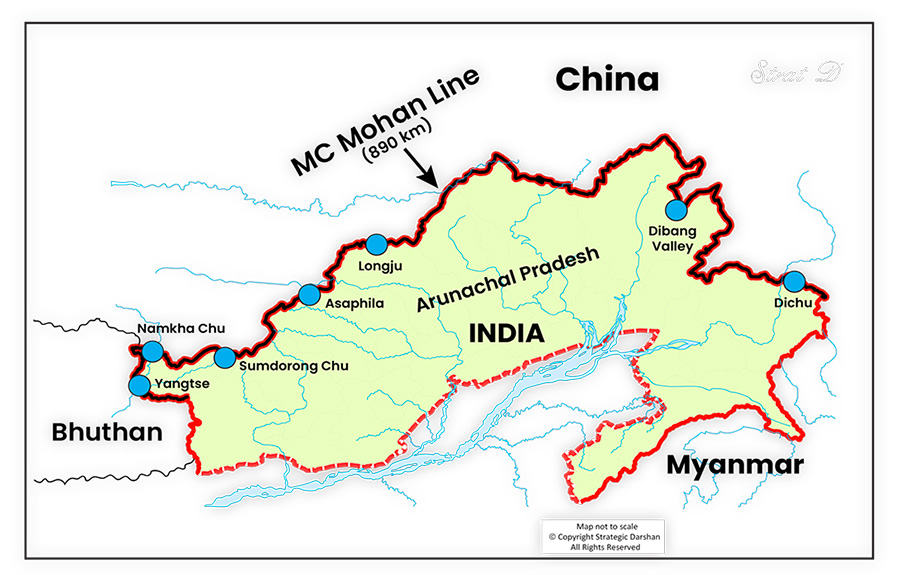
In 1938, two decades after the Simla Conference, the British finally published the Simla Accord as a bilateral accord and the Survey of India published a detailed map showing the McMahon Line as a border of India.
People Republic of China came up in 1949 after the Chinese civil war and thereafter as part of its expansionism moved south in Himalayas. The Dalai Lama fled from Tibet through Tawang in Arunachal Pradesh and sought refuge in India in 1959 after China took military control of the Tibet in 1950.
The Chinese argue that their entire claimed area of Arunachal Pradesh is a part of Tibet (South Eastern Tibet) as they have exercised undisturbed rule over Tibet for over 700 years and as Tibet is an integral part of China, and hence the entire claimed area in Arunachal belongs to them. The Chinese, in addition to claiming the entire area, state that they do not recognise the McMahon Line inspite of the fact that after the 1962 war they themselves withdrew back across the line/border.
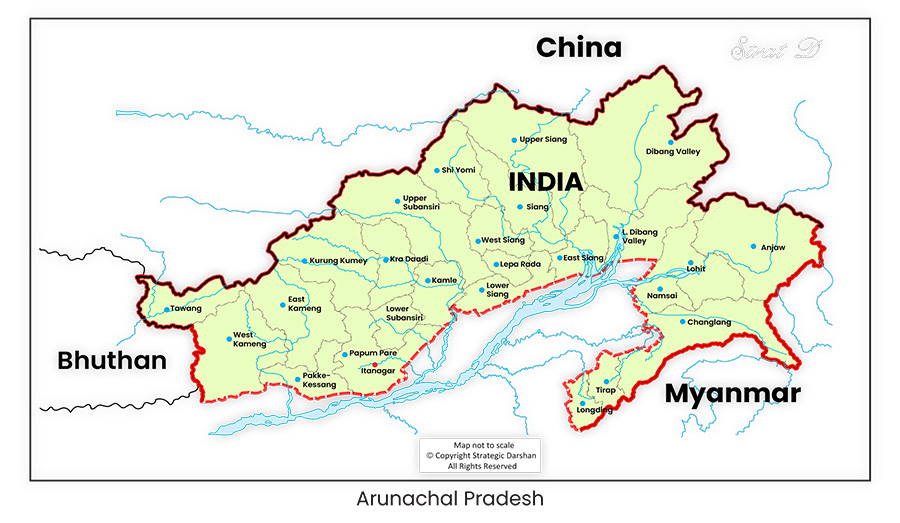
China also bases its claims on the historical ties that have existed between the monasteries in Tawang and Lhasa.
Why “Tawang” important to China?
Tawang and Yangtze are key to Tibetan Buddhism, which China has been trying to co-opt as part of “Sinicization of Tibet”.
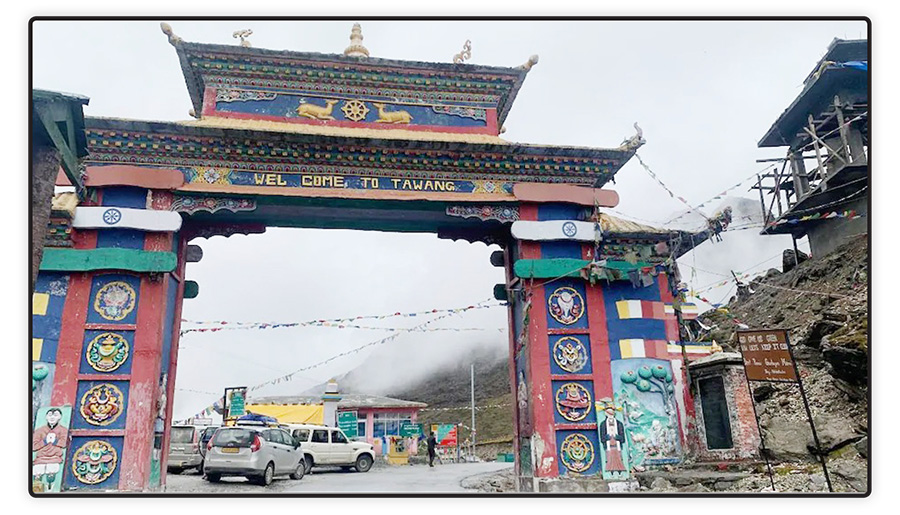
Tawang is the birthplace of sixth Dalai Lama Tsangyang Gyatso, who was reincarnation of the fifth Dalai Lama Ngawang Lobsang Gyatso or Great Fifth. He the first Dalai Lama to become the spiritual and temporal head of Tibet.
The importance of Tawang to Tibetan Buddhism dates centuries before the 14th Dalai Lama crossed over from occupied Tibet in 1959.
It was in the eighth century that master of Tantric Buddhism, Padmasambhava, crossed over to Tibet via Tawang after the Vajra master taught at Nalanda University. It is said that while on his mission to spread Tantric Buddhism in Tibet, Padmasambhava also known as Guru Rinpoche threw 108 prayer beads at Yangtze as a result there are 108 waterfalls in the area till today.
It is because of the Padmasambhava legend that Yangtze plateau is a holy site for Buddhists on both side of the LAC and is treated as a sacred place.
That the 14th Dalai Lama prefers India to Chinese occupied Tibet, and only he will decide his reincarnation not the Chinese Communist Party is something unpalatable to the Xi Jinping regime. While the 14th Dalai Lama says that he will live till 110 years of biological age, who knows if his successor could come from Tawang, the birthplace of the Sixth, Dalai Lama. The first set of names was announced by China in 2017 days after the Dalai Lama’s visit to Arunachal Pradesh. China was sharply critical of the Tibetan spiritual leader’s visit.
In December 2022, India and Chinese troops had clashed along the Line of Actual Control (LAC) in Tawang sector over Yanstze, in a face-off that came amid a months-long border standoff in eastern Ladakh.
Following the standoff, India bolstered its overall military preparedness along the Line of Actual Control (LAC) in the Arunachal Pradesh sector as well. Defence Minister Rajnath Singh had then accused China of trying to “unilaterally” change the status quo along the LAC.
Recently, External Affairs Minister S Jaishankar has said the situation along the LAC in eastern Ladakh remained “very fragile” and is “quite dangerous” in military assessment because of close deployments of troops of both sides in some pockets though “substantial” progress has been made in the disengagement process in many areas. He has also been making India’s stand regarding Indo-China relation very clear that “the situation on Border would determine India’s relation with China”.


